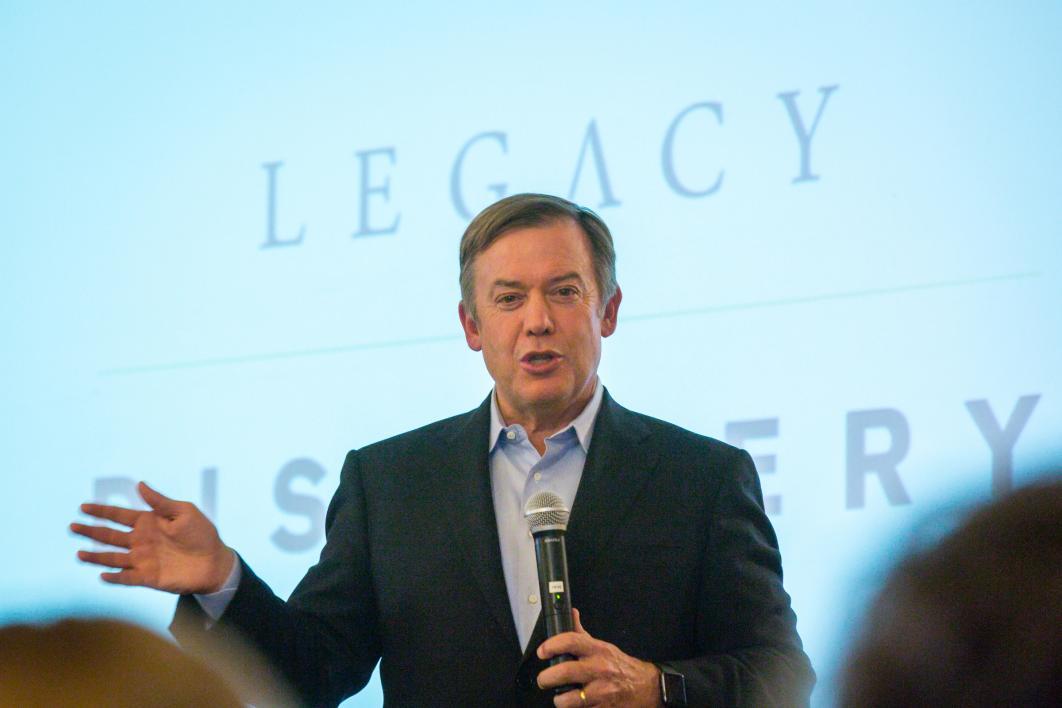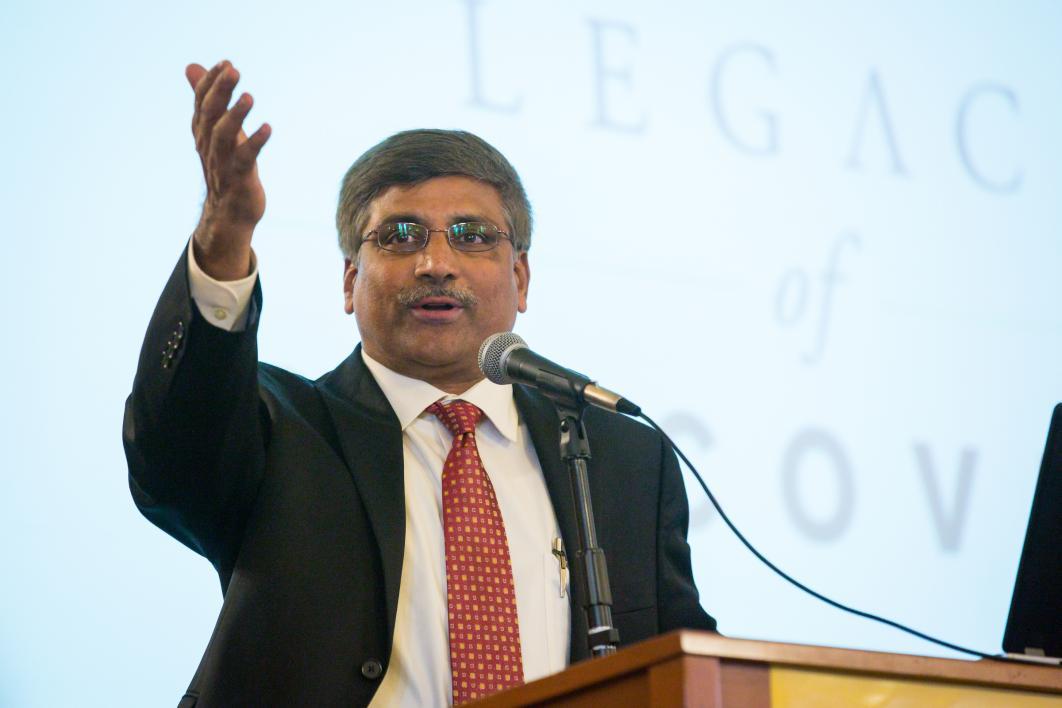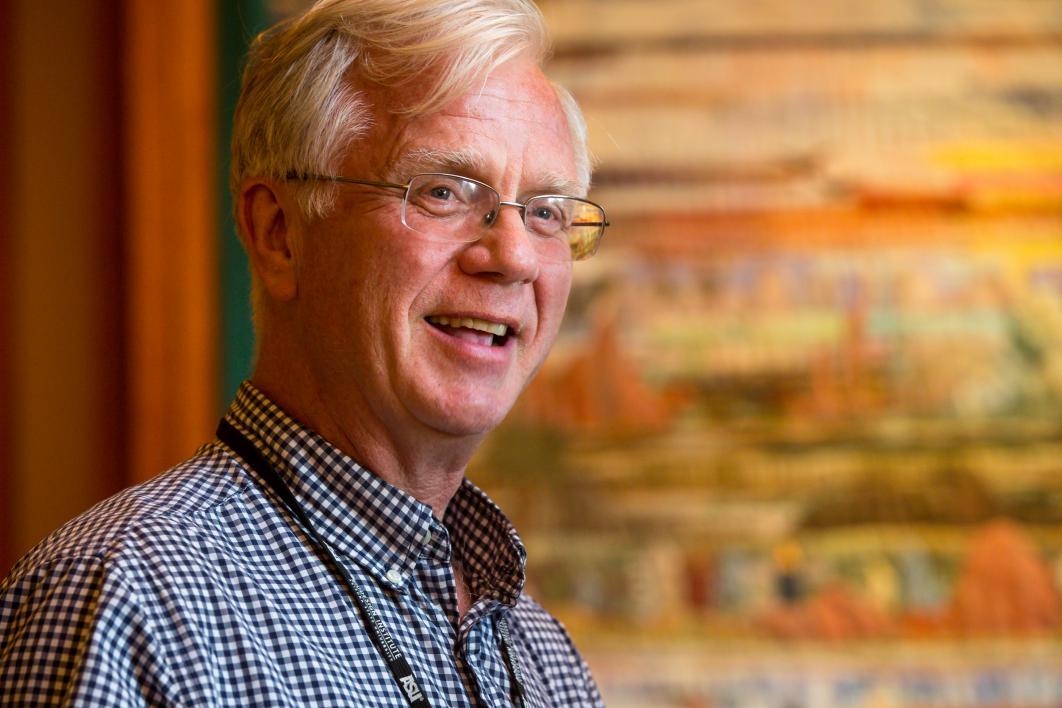ASU finds legacy through research excellence

ASU innovation knows no bounds.
In 1994, the university met a high standard of criteria that propelled it to a Research 1 school, and over the years it has achieved everything from making equipment for the Mars landing to finding a human genus jawbone that’s more than 2.8 million years old.
After two decades it was time to celebrate these achievements.
On Tuesday, ASU President Michael Crow and Sethuraman “Panch” Panchanathan, who leads ASU’s Office of Knowledge Enterprise Development, thanked faculty and celebrated the impact of excellence at ASU at the Legacy of Discovery reception.
Crow claimed ASU’s new standard was in thanks to its progressive staff.
“I never encountered, or met, a faculty willing to do the things that you are willing to do, and able to do," Crow said. “And that is to stay committed, and stay true, to the fundamental purpose of teachers while simultaneously progressing your research and creativity towards success.”
ASU was granted Research 1 school status in 1994 from the Carnegie Foundation for the Advancement of Teaching. This placed the university among a select group who produce a great volume of quality work. In order to achieve this status, a university must offer a full range of baccalaureate programs, give a high priority toward research, award 50 or more doctoral degrees each year and receive $40 million or more annually in federal support.
Panchanathan showed his appreciation with direct praise and presented two videos, which hosted a timeline of every great milestone from the beginning of 1994 to present day.
“These amazing accomplishments that have been achieved at ASU through research and support have created impact, and most importantly, a legacy,” Panchanathan said. “We are now recognized as the most innovative university in the United States.”
The faculty in attendance shared in the feeling of accomplishment. Stuart Lindsay, a Regents' Professor since 1979, expressed how much the university has expanded over the course of time, elevating itself to a new standard.
“To see the enterprise, where it started, and to see it not only funded and supported on a much larger scale, but to see it grow to a level of excellence that is just stunning,” Lindsay said. “And if I want to find the best brains in the country to collaborate with, there is a good chance I’ll find it here now.”
After awards were handed out to celebrated faculty, Crow closed the evening with his own personal acknowledgment.
“Today is reflective of you, the success of all of you,” Crow said. “So what I want to say here today, most of all, is thank you.



